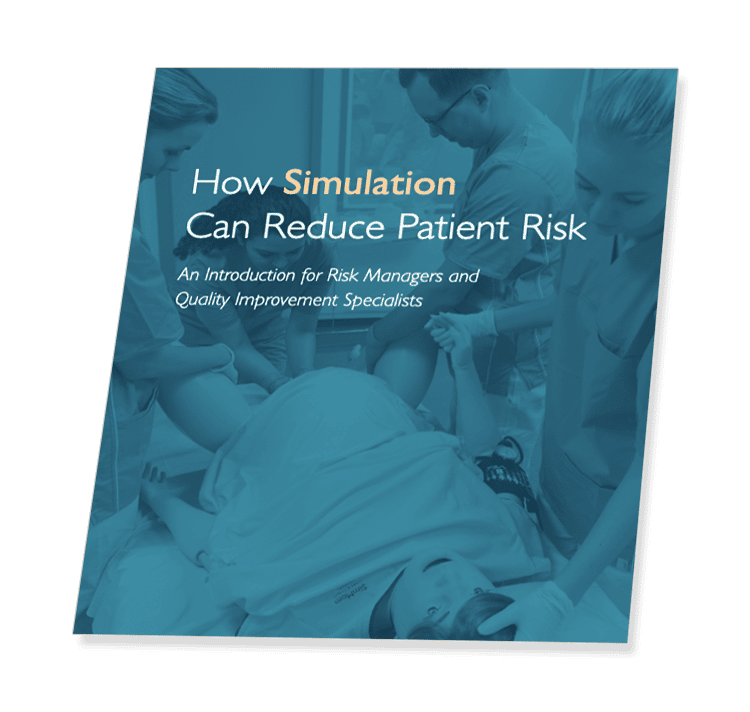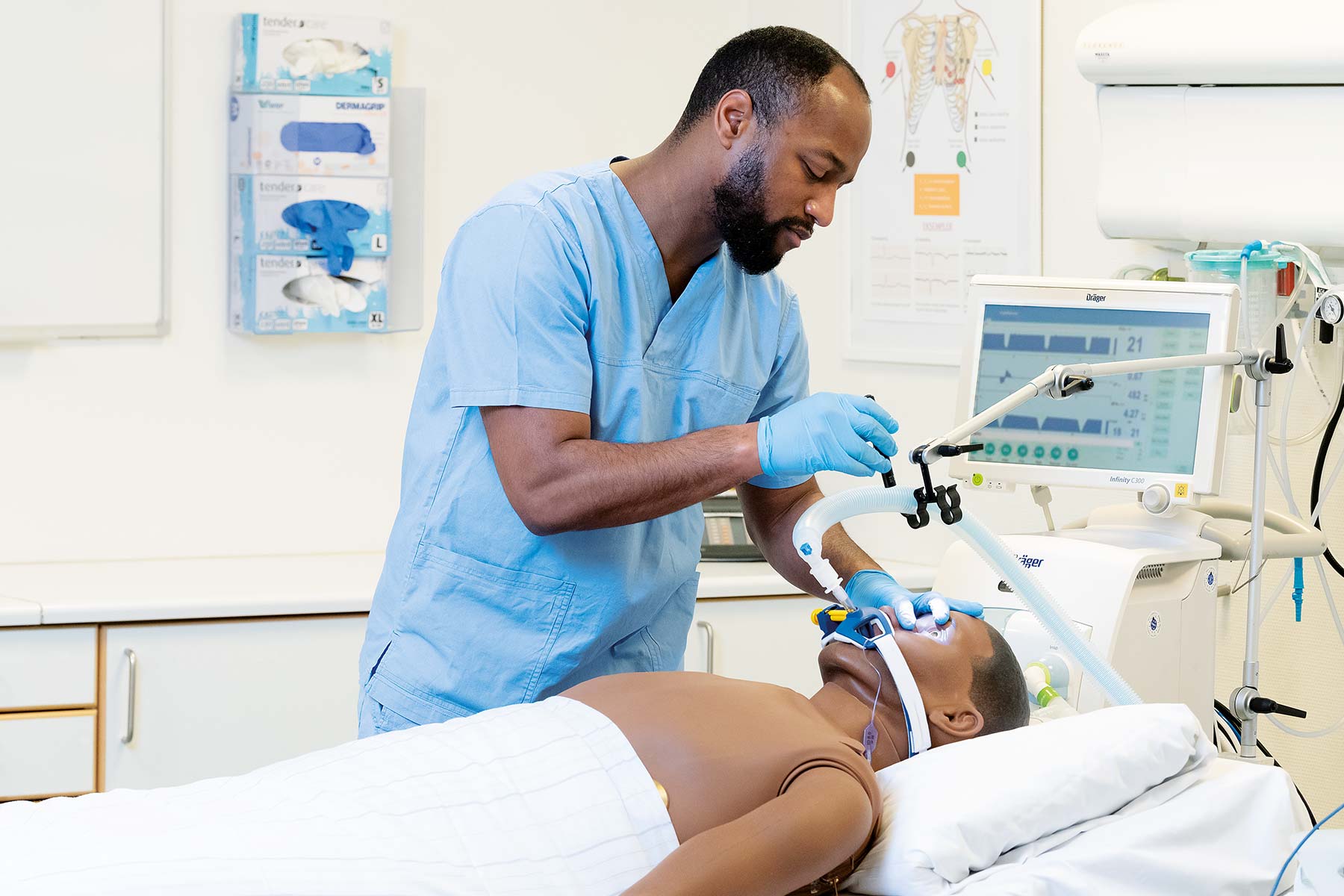
The ICU: Complexity, Urgency and High Stakes
The Intensive Care Unit (ICU) relies on the work of interprofessional teams. Physicians, nurses, respiratory therapists, pharmacists, and others come together in an extreme care environment.
The complexity of care, the high acuity of patients, and the potential for rapid changes in clinical status make the ICU particularly susceptible to teamwork and systems failures.
Make Your Team of Experts an Expert Team
ICU teams are dynamic and sometimes situational. Simulation brings them together in the problem-solving process, allowing them to identify risk, test solutions, and measure results without endangering patients.
Through simulation, teams can run high-risk critical care scenarios, discover system weaknesses, enhance processes, and build better teamwork and communications. This collaborative approach improves resilience and quality of care.


